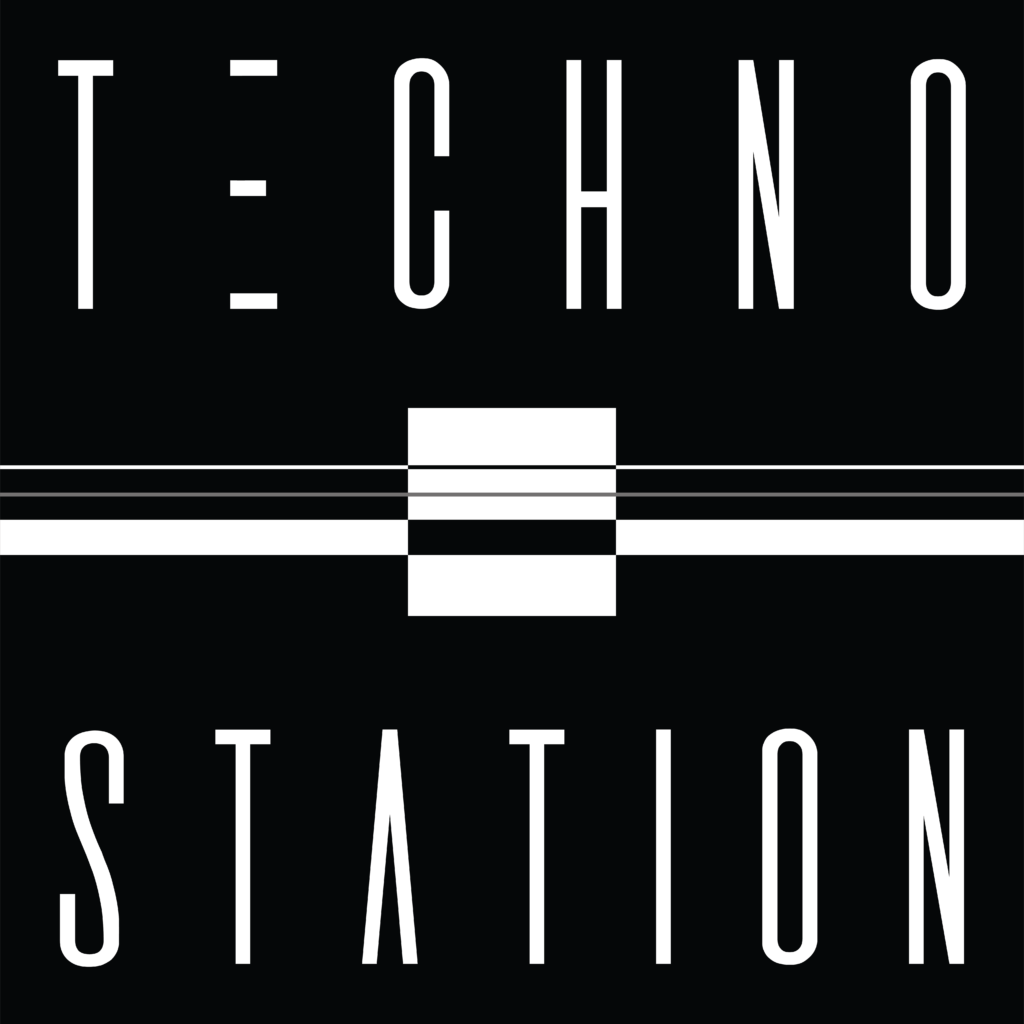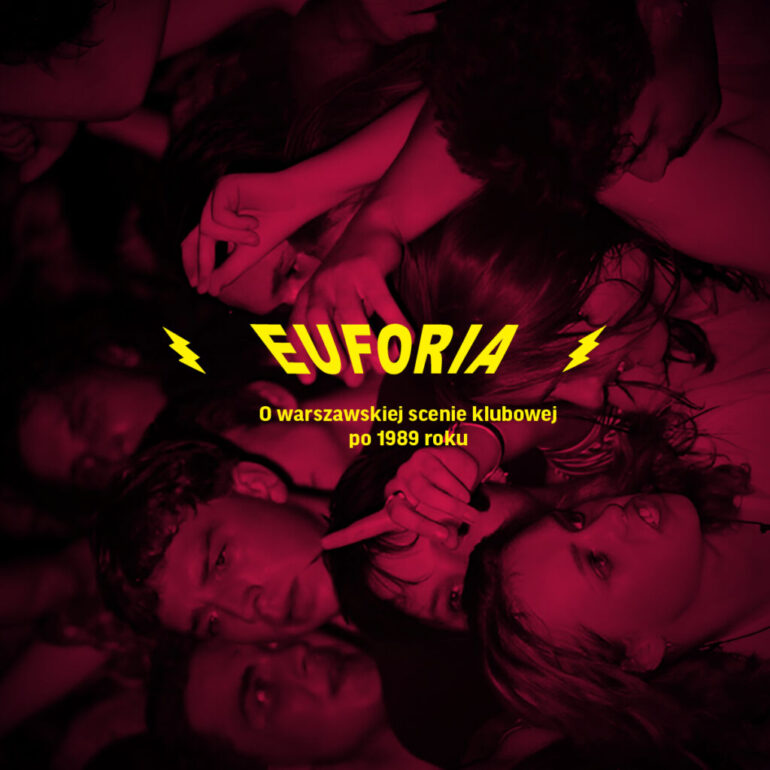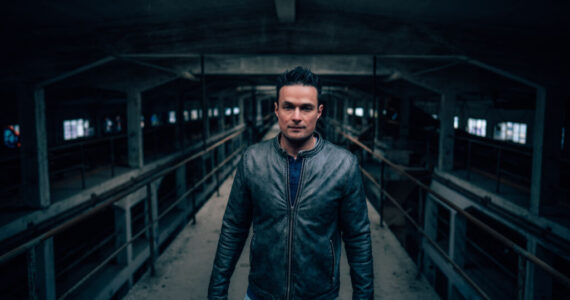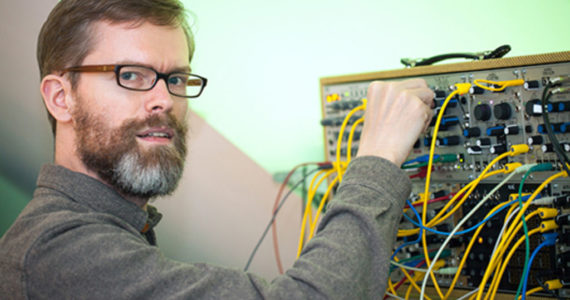The exhibition EUFORIA. About Warsaw’s Club Scene after 1989 reminds of important places on the clubbing map of Polish capital. At the time, clubs and club cafés operated in a broader cultural and social context, they were more than just businesses or locations for gigs and events. It is worth looking at the Polish reality between the fall of communism and accession to the European Union from non-obvious perspectives. EUFORIA is such an attempt.
The Warsaw club scene reflected the social, political and economic changes after 1989 in a non-obvious way. Fugazi, Filtry, CDQ or Piekarnia were all independent, original initiatives that could only have emerged in the first years of transition. Seemingly very different from each other, but united by a pioneering energy, a pervasive sense of euphoria and community. In the 21st century, club cafes also appeared on the map of Warsaw.
Le Madame or Chłodna 25 were no longer just venues for gigs and parties, but also engaged spaces. Non-governmental organisations and social movements were founded there. Le Madame for example was a café, a dance floor, a theatre stage, an art gallery, but also a place for public discussion and political activism. The club café was characterised by radical openness and openness to groups marginalised by identity, sexuality or disability. Le Madame was a place open to the LGBTQ+ community.
These venues influenced the development of clubbing and the associated music scene, but they were also outposts of independent culture – theatre, visual arts, literature, and places that were highly inclusive and non-normative. – EUFORIA.
On Warsaw’s clubs after 1989 is a subjective presentation of selected club venues in the capital, which appeared in the urban fabric at the time of the transformation frenzy and defined the character of Warsaw’s club scene for many years,” says Konrad Schiller, curator of the exhibition. –
At the same time, it is a story about the short-lived nature of that time, with some venues disappearing from the map of Warsaw just as quickly as they suddenly appeared on it.
The exhibition is not only an insight into Warsaw’s clubbing during the period of change, but also an attempt to look at an aspect of Warsaw’s cultural heritage that has so far played out in memories. It becomes a contribution to writing the history of the city from a club perspective.
The exhibition will show both photographs from private collections, video material, but above all numerous ephemeral prints: posters, tickets, zines. Many of these have never been presented to the public before,” adds Konrad Schiller, curator of the exhibition.
This exhibition is yet another important part of Poland’s rave history and proof that Poland loves and cares for the club culture. In recent years, we have experienced such significant events as the publication of three books: on Lodz’s Freedom Parades , an 856-pages long anthology on 30 years of Polish techno scene and the publication of a beautiful album celebrating three decades of Poland’s cult club Sfinks. There was also an excellent theatre play Techno Rzeczpospolita, and 2024 saw the premiere of two films: Techno Heritage and Rave. I am insanely proud that we are documenting our Polish techno identity,” comments Artur Wojtczak – co-author of the book “30 Years of Polish Techno Scene”.
Exhibition is open since 08.05. till 15.12.2024 in Muzeum Woli.











